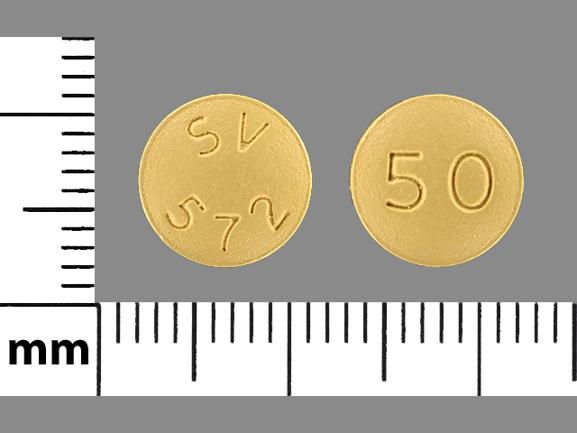Dolutegravir Disease Interactions
There are 3 disease interactions with dolutegravir.
Dolutegravir (applies to dolutegravir) hemodialysis
Moderate Potential Hazard, Moderate plausibility.
Dolutegravir has not been studied in patients on dialysis, so caution is recommended if used in these patients.
References (1)
- (2013) "Product Information. Tivicay (dolutegravir)." ViiV Healthcare
Dolutegravir (applies to dolutegravir) hepatitis
Moderate Potential Hazard, Moderate plausibility. Applicable conditions: Infectious Hepatitis
Patients with underlying hepatitis B or C may be at increased risk for worsening or development of transaminase elevations with the use of dolutegravir. In some cases there was hepatitis B reactivation particularly in a setting where anti- hepatitis treatment was withdrawn. Appropriate laboratory testing prior to initiating treatment and monitoring for hepatotoxicity during therapy is recommended in patients with underlying hepatitis B or C.
References (1)
- (2013) "Product Information. Tivicay (dolutegravir)." ViiV Healthcare
Dolutegravir (applies to dolutegravir) liver impairment
Moderate Potential Hazard, Moderate plausibility. Applicable conditions: Liver Disease
The effect of severe hepatic impairment (Child - Pugh C) on the pharmacokinetics of dolutegravir has not been studied, therefore dolutegravir is not recommended for use on these patients. No dosage adjustment is needed for patients with mild or moderate hepatic impairment.
References (1)
- (2013) "Product Information. Tivicay (dolutegravir)." ViiV Healthcare
Switch to consumer interaction data
Dolutegravir drug interactions
There are 195 drug interactions with dolutegravir.
Dolutegravir alcohol/food interactions
There are 2 alcohol/food interactions with dolutegravir.
More about dolutegravir
- dolutegravir consumer information
- Check interactions
- Compare alternatives
- Reviews (27)
- Side effects
- Dosage information
- During pregnancy
- Drug class: integrase strand transfer inhibitor
- Breastfeeding
- En español
Related treatment guides
Drug Interaction Classification
| Highly clinically significant. Avoid combinations; the risk of the interaction outweighs the benefit. | |
| Moderately clinically significant. Usually avoid combinations; use it only under special circumstances. | |
| Minimally clinically significant. Minimize risk; assess risk and consider an alternative drug, take steps to circumvent the interaction risk and/or institute a monitoring plan. | |
| No interaction information available. |
See also:
Further information
Always consult your healthcare provider to ensure the information displayed on this page applies to your personal circumstances.


